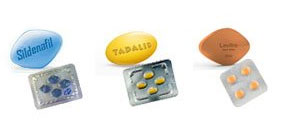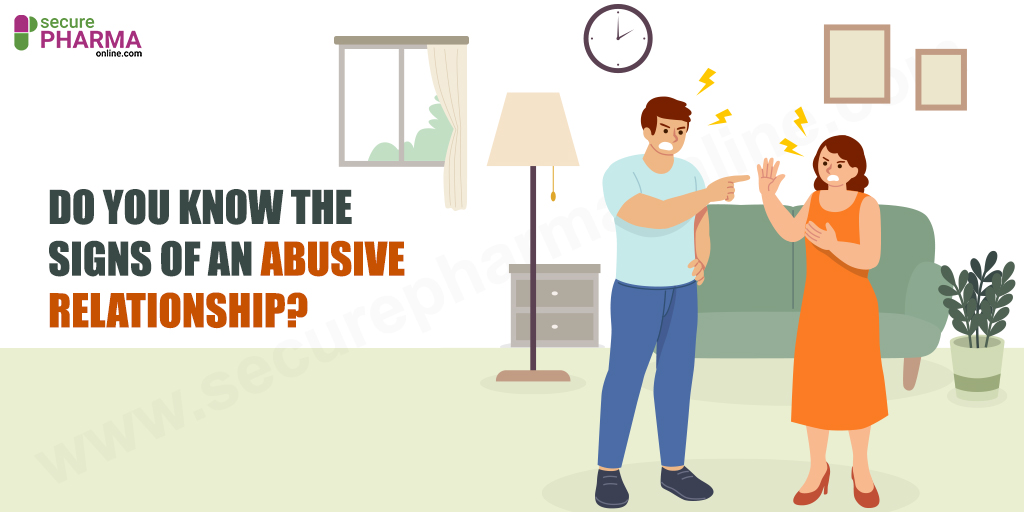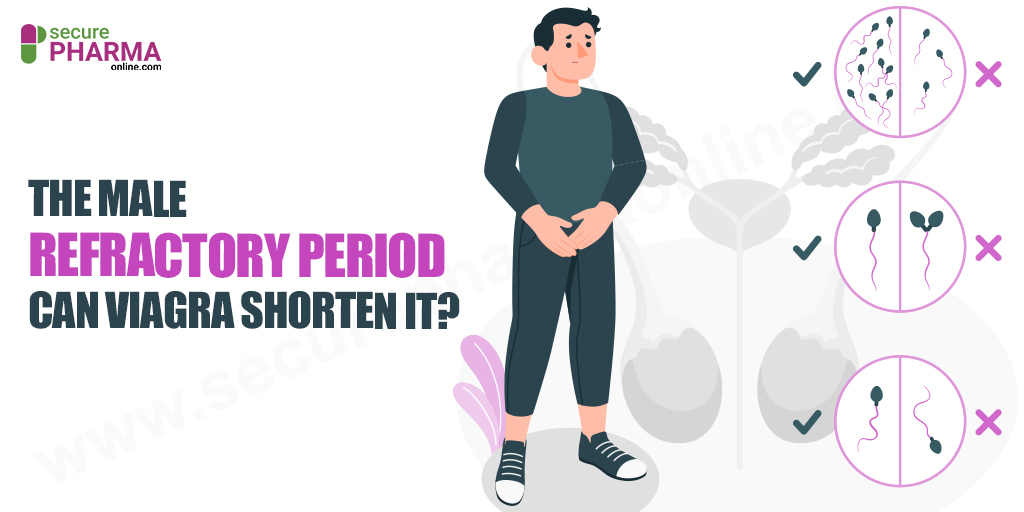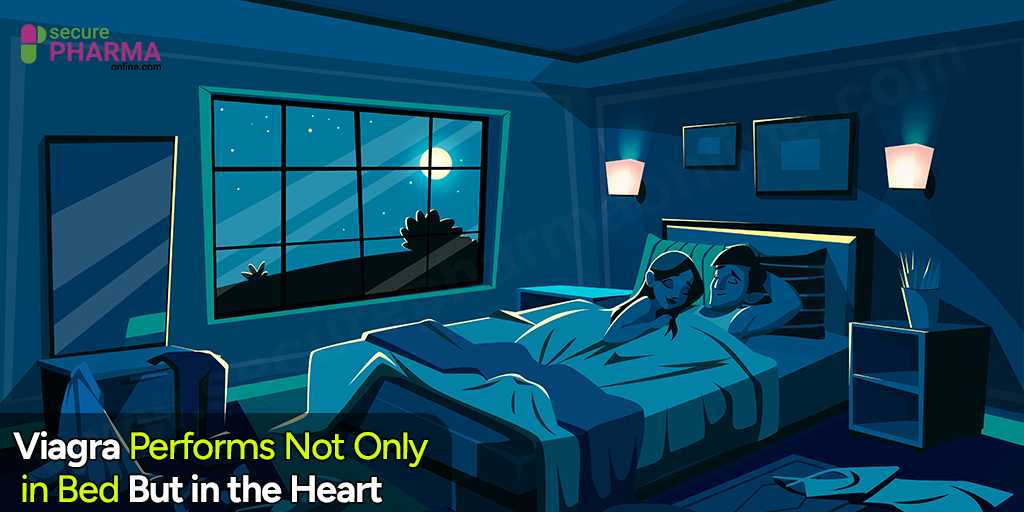Enlarged Prostate And Sex: Problems, Diagnosis, And Treatments

Enlarged prostate and sex – in this article we will discuss how the issue of prostate enlargement affects the sex life of men along with some possible treatment options.
Introduction
A man’s prostate continues growing throughout life and unless it is due to the formation of a tumor, it is called benign prostate hyperplasia (BPH) or an enlarged prostate. It is also seen that as one’s age advances, problems of erectile dysfunction (ED) become prominent. Although ED may be the result of a variety of problems such as diabetes, low testosterone, or psychological issues, it is made worse by BPH.
The problem of ED can be traced to physical conditions that restrict blood flow or hamper nerve functioning, as is done by benign prostate hyperplasia. Such other conditions include hyperglycemia, renal diseases, multiple sclerosis, atherosclerosis, vascular diseases, and alcoholism.
Through the course of this article, we shall delve more into the connection between sexual activity and an enlarged prostate. Although the two are not directly related, they are interlinked.
Symptoms Of An Enlarged Prostate And Its Adjoining Sexual Problems
By way of these symptoms listed below, you can get a gist of whether you have an enlarged prostate and are facing sexual issues concerning it.
- Frequent and persistent urination
- Uncontrolled urge to urinate
- Dribbling at the end of urination
- An inability to urinate at times (urinary retention)
- Loss of bladder control (urinary incontinence)
- Nocturia (needing to urinate two or more times every night)
- Pain during urination
- Spotting blood in the urine
- Delay in the start of the urinary stream
- Thin or weak urine stream
- Inability to maintain an erection even after sexual stimulation
- Improper blood flow to the penis
- Painful erections or priapism
- Less sexual satisfaction
Sometimes, benign prostate hyperplasia may need urgent medical attention. This prostate enlargement may also be due to more serious conditions, such as urinary tract infections, kidney diseases, or prostate cancer.
Diagnosing An Enlarged Prostate
A rectal examination is usually performed on the person suffering from the symptoms of an enlarged prostate. Other diagnosing tests for BPH can include:
- Urinalysis: Pathological tests are conducted on urine to check for blood spots.
- Prostatic biopsy: A small amount of prostate tissue is removed and histologically examined for abnormalities or outgrowths.
- Urodynamic test: Your bladder is filled with liquid via a catheter to measure the pressure of your bladder during urination.
- Prostate-specific antigen (PSA) test: This blood test checks for tumors or cancer of the prostate.
- Post-void residual: This tests the amount of urine left in your bladder after urination.
- Cystoscopy: This is an examination of your urethra, bladder, and adjoining regions with a tiny lighted scope that is inserted into your urethra.
- Intravenous pyelography or urography: A barium contrast dye usually is intravenously injected into your body. This highlights all the regions of the entire urinary system and any abnormality is detected by the urologist.
How An Enlarged Prostate Affects Sex Life
Although benign prostate hyperplasia does not directly affect sex life, an enlarged prostate may obstruct blood flow to the penis. This may result in the inability to sustain an erection even after significant sexual stimulation.
Diminished sex drive or low libido is a potential side effect of the benign prostate hyperplasia medications dutasteride and finasteride, which are both alpha-reductase inhibitors. Approximately 3 percent of men who took dutasteride experienced a significant drop in libido. With finasteride, the incidence of low libido was 6.4 percent in the clinical study conducted.
Moreover, other than some physical constraints, BPH can affect patients mentally, thereby decreasing their libido. In this case, hormone therapy is recommended. You can even visit a counselor for further support for both you and your partner.
Enlarged Prostate And Erectile Dysfunction
Some medications used to treat an enlarged prostate can be a double-edged sword as they can cause Erectile Dysfunction. However, some medications used to treat ED can even help improve symptoms of BPH although no medication has been clinically approved for BPH. However, early studies do suggest that men who take ED medications experience some relief from their prostate symptoms.
Some drugs used to treat benign prostate hyperplasia can cause difficulty in maintaining an erection. Alpha-blockers are used to relax the bladder and prostate smooth muscle cells. Men taking alpha-blockers may experience decreased ejaculation. Alpha reductase inhibitors can also cause erectile dysfunction.
Transurethral resection of the prostate (TURP) is a surgery performed to relieve symptoms of benign prostate hyperplasia. However, a large percentage of men experience retrograde ejaculation after TURP. This means that semen released during orgasm enters the bladder rather than being ejected from the penis. Retrograde ejaculation, sometimes called dry orgasm, is not harmful but can impair male fertility severely.
In addition to an enlarged prostate, hypertension, hyperglycemia, cardiovascular diseases, and high cholesterol can lead to ED. Other neurological conditions such as epilepsy, multiple sclerosis or Parkinson’s disease can also all lead to erectile dysfunction.
Low levels of testosterone, certain medicines, and psychological factors also play a key role. Being overweight or consuming too much alcohol is also a significant contributing factor in ED.
Treatment Options For Enlarged Prostate
1. Medical Treatment
Medications used to treat ED have shown large scale success in relieving symptoms associated with an enlarged prostate. These medications inhibit the phosphodiesterase-5 enzyme that breaks down cyclic guanosine monophosphate (cGMP), thereby increasing blood flow to the penis. In theory, ED drugs can boost cGMP levels in the bladder and prostate as well. The increased cGMP and blood flow may allow bladder and prostate smooth muscle cells to relax, leading to greater urinary flow.
Erectile dysfunction medications also act as anti-hypertensive drugs. If you also take doxazosin or terazosin to manage symptoms of benign prostate hyperplasia, talk to your doctor about timing the dosages of your medications. Your doctor may recommend taking the ED and BPH medications at different times of day to avoid nausea, fatigue, or a steep drop in blood pressure.
Antibiotics may be used if your prostate becomes chronically inflamed from bacterial prostatitis related to BPH. However, antibiotics won’t help prostatitis or inflammation that is not caused by bacteria specifically.
Medications that regulate hormone production such as dutasteride and finasteride are commonly prescribed for BPH. These are two medications that lower the levels of testosterone. Sometimes, lowering the hormone levels will make the prostate get smaller and improve urine flow. However, these medications always come with the potential side effects of ED and reduced male fertility.
2. Surgical Treatment
Surgical treatments are recommended when medicating the patient does not alleviate the symptoms of an enlarged prostate. Some surgical options for benign prostate hyperplasia include:
- Transurethral Resection of the Prostate (TURP): Done using a resectoscope, where some prostate tissue is pulled out through the penis. This reduces the size and volume of the inflamed prostate. However, this is an invasive procedure.
- Transurethral Incision of the Prostate (TUIP): Grooves or incisions are made in the prostate using electrical currents or a laser beam. It is generally done for patients suffering from severe symptoms of BPH.
- Transurethral Microwave Thermotherapy (TUMT): Microwaves generated destroy excess prostate tissue. Cooling fluid is circulated to the microwave antenna to prevent heat from damaging the wall of the urethra. This surgery is usually performed for patients with mild symptoms.
- Prostatic Urethral Lift: This is the least invasive procedure but it comes with a catch, as it is also the least effective procedure of all. Prostate tissue is moved away from the urethra and is neither removed nor destroyed.
- Simple Prostatectomy: An incision is near the abdomen or perineum, behind the scrotum. The inner part of the prostate is removed, leaving the outer part. After this procedure, the patient may have to stay in the hospital for up to 10 days for a full recovery.
3. Natural Remedies
Cutting down on lipid-rich food and consuming more vegetables has shown positive effects in alleviating pain related to benign prostate hyperplasia. Lifestyle changes like working out, eating healthy, and curbing alcohol intake all need to be implemented to manage BPH symptoms naturally.
In addition to this, herbal options like beta-sitosterol and pygeum are treatment methods getting a lot of traction nowadays.
Enlarged Prostate And Sex: Conclusion
Enlarged prostate and its effect on sex drive or a man’s libido can be regulated to a great extent. Lifestyle changes, medication, and surgery are all treatment options for symptoms that are affecting your quality of life. Your urologist will work with you to develop a treatment plan that helps you navigate these issues and lead a healthy life.
In the rare chance that your enlarged prostate is the result of prostate cancer, hormone therapy is the best course of treatment available. Drugs like Viagra and Cialis have also been demonstrated to be particularly useful in mitigating the symptoms associated with an enlarged prostate, primarily ED.
February 5, 2021 Sam Bell











Comments